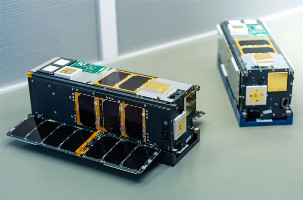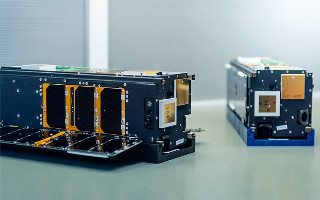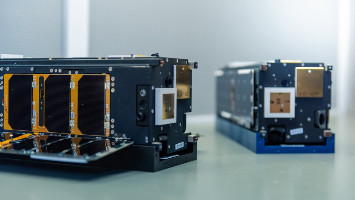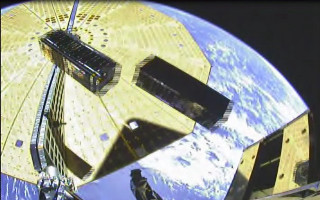| Spacecraft name | AeroCube-14 |
|---|---|
| Spacecraft type | CubeSat |
| Units or mass | 3U |
| Organisation | Aerospace Corporation |
| Institution | Non-profit |
| Entity type | Government (Civil / Military) |
| Nation | US |
| Partners | National Reconnaissance Office (NRO) |
| Oneliner |
Nanotechnology payloads to conduct modular experiments and other research. |
| Description |
Demonstrate new star-tracker baffle technology, a variety of nanotechnology payloads that will test new and emerging materials including structural materials and thermal straps and test the performance of advanced solar cells. |
| Sources | [1] [2] |
| Photo sources | [1] [2] [3] |
Related Spacecraft
| Name | Status | Rocket | Launch date | Orbit |
|---|---|---|---|---|
| AeroCube-14A (IMPACT) | Reentry 2023-02-06. Was operational? (No news found as of 2020-04-10, but likely operational) | Antares, (ELaNa 25), (NG-12) | 2019-11-02 | 460 km, 51.6 deg, Cygnus |
| AeroCube-14B (IMPACT) | Reentry 2023-02-08. Was operational? (No news found as of 2020-04-10, but likely operational) | Antares, (ELaNa 25), (NG-12) | 2019-11-02 | 460 km, 51.6 deg, Cygnus |
Last modified: 2023-06-03




